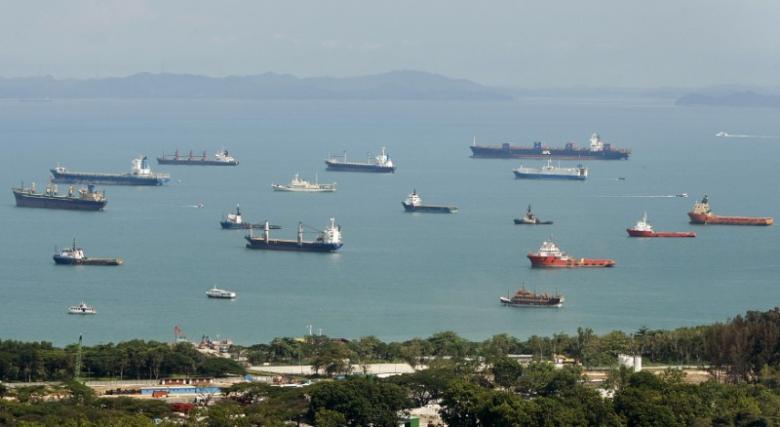As the world’s leading supplier of marine coatings, Jotun partners with a broad range of stakeholders working to decarbonise shipping. But is the industry moving fast enough? Jotun’s President and CEO Morten Fon shares his views on how leadership, innovation and collaboration can accelerate the transition to a low carbon future.
From his corner office on the seventh floor of Jotun’s Headquarters and R&D Centre, Morten Fon, Jotun’s President and CEO, has stunning views of the marine traffic going in and out of the port of Sandefjord, Norway. While the BREEAM-NOR-certified building is new (completed in 2020) Fon’s view would be familiar to the company’s founder, Odd Gleditsch sen., who established the company on the same piece of land in 1926.
“Jotun’s roots in the maritime industry stretch back almost a century, so we have lived through a great many challenges in this highly cyclical industry,” he says. “But in my view, how the industry manages climate change over the next decade will have an enormous impact on how the industry operates for generations to come.”
It all begins and ends with a clean hull
While Fon acknowledges that the industry still has a long way to go to reach IMO GHG targets (which call for a reduction in carbon intensity by at least 40 per cent by 2030 compared to 2008), he sees some encouraging signs of change. “In addition to embracing new technologies, more stakeholders than ever before are working in partnership on ambitious projects to reduce harmful emissions.”
Fon supports all these efforts, many of which are focussed on developing and commercialising alternative fuels for ships. But he notes that it will take time before the necessary infrastructure is in place to meet the existing demands of the world fleet. And time is running out.
”As a leader in hull performance, we are focussed on where we can make a difference,” he says. “After all, maintaining a cleaner hull with minimal fouling means a vessel has less resistance when sailing through water, reducing the amount fuel required to achieve the same speed. And less fuel burned results in lower emissions. But we also see we can have a greater impact by working with others.”
Building partnerships to change the industry
In fact, Jotun has a long history of collaboration. Many Jotun product innovations involve partnerships with owners and shipyards, while others involve cooperation with technical partners and relevant stakeholders in both the private and public sectors. For example, in 2013, Jotun helped form an ISO working group made of 53 experts to develop the industry’s first hull and propeller performance standard (ISO 19030), released in 2016. And last year, Jotun joined the Clean Hull Initiative (CHI), which aims to develop a global standard for proactive hull cleaning in international shipping. “Creating standards gives owners the tools to measure performance,” says Fon. “And what can be measured can be managed.”
Source: Hellenic Shipping News






